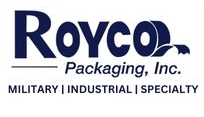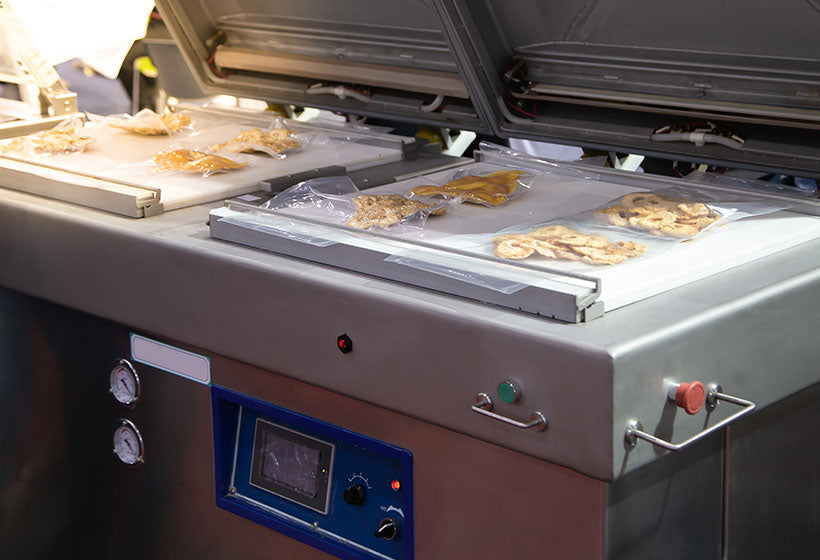Running a business often involves many challenges and decisions. To achieve success, you must find effective solutions for packaging and storing your products. One remarkable option is using heat sealer bags. This article will guide you through choosing the right heat sealer bags for your business.
Know Your Product
Determining the suitable heat sealer bags starts with understanding your product. Analyze your products in terms of:
- Size
- Weight
- Specific needs
Knowing these factors helps you to choose bags with appropriate thickness, sealing strength, and durability. It also ensures the safety and integrity of your products during storage and transportation.
Choose the Right Material
Heat sealer bags are available in various materials, each with its unique benefits and drawbacks. The common types are:
- Polyethylene (PE)
- Polypropylene (PP)
- Polyvinyl chloride (PVC)
Polyethylene bags have high puncture resistance and are ideal for items with sharp edges. They are more flexible than other options and provide superior sealing in high-speed applications.
Polypropylene bags possess excellent clarity, making them ideal for displaying your products. They also offer high tensile strength and resistance to chemicals. However, they can be brittle and prone to puncturing.
Polyvinyl chloride bags are strong, transparent, and have great heat resistance. They are perfect for extended exposure to high temperatures. However, they may not be suitable for food packaging.
Size and Thickness
Heat sealer bags come in different sizes and thicknesses. Choosing the right dimensions is essential for your operations:
- Size: The bag size should be large enough to accommodate your product without excessive empty space. Nevertheless, it must be easy to handle and transport. Factor in any extra room required for sealing purposes.
- Thickness: It is measured in mils (thousandths of an inch). A higher mil count indicates a thicker and stronger bag. Thicker bags can withstand more weight and stress but may also be more expensive and slower to seal.
Types of Seals
There are several types of heat sealer bags based on sealing methods:
- Flat seal bags
- Gusseted bags
- Zipper bags
Flat seal bags are combined on three sides and open on one side, ideal for single-use packaging.
Gusseted bags have pleats on two or three sides, allowing the bag to expand and accommodate more content.
Zipper bags have a reclosable zipper, making them reusable and minimizing waste. They allow easy access to the content and better protection against external factors.
Heat Sealing Equipment
Different heat sealer equipment provides various sealing methods, including:
- Impulse sealers
- Constant heat sealers
- Band sealers
- Handheld sealers
Impulse sealers use a short burst of electricity to create an instant seal. They require no warm-up time and are energy-efficient. However, they might not be suitable for sealing thick bags or high production volumes.
Constant heat sealers maintain a constant temperature to create a continuous seal. They are suitable for thick bags and high-production scenarios. However, they consume more power and need a warm-up period.
Band sealers use a conveyor system to seal bags rapidly and efficiently. They can handle a wide range of materials and thicknesses. While they are suitable for high-production environments, they can be expensive and require more space.
Handheld sealers are portable heat sealers that can be manually operated. They allow precise sealing control and are well-suited for low-production settings. However, they may take longer to seal bags and may not work well for high volumes.

